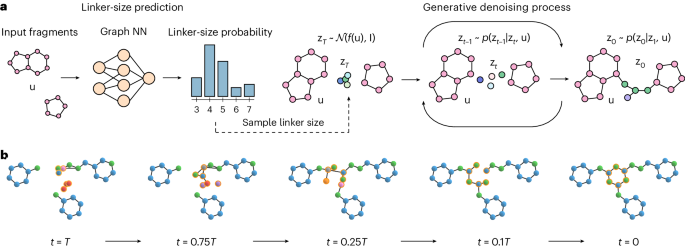- Select a language for the TTS:
- UK English Female
- UK English Male
- US English Female
- US English Male
- Australian Female
- Australian Male
- Language selected: (auto detect) - EN
Play all audios:
We appreciate the commentary by Manfredi et al. on our study investigating the impact of phosphodiesterase type 5 inhibitors (PDE5is) on Peyronie’s disease (PD) in the active phase [1]. The
attention devoted to non-surgical interventions in PD in recent years highlights a growing recognition of the need for effective non-invasive treatments for this condition. This increased
focus may reflect a broader shift in medical practice towards holistic patient care, emphasizing options beyond surgical intervention. Despite the paucity of clinical studies, PDE5is hold
promise as a viable, safe, and practical approach to managing the condition, potentially offering relief and influencing its progression [2, 3]. With their generally well-tolerated nature
and favorable safety profile [4], PDE5is emerge as an appealing choice for PD management.
In our retrospective cohort study, 133 patients with PD in the active phase were included. Group 1 (n = 101) received continuous treatment with PDE5is, while Group 2 (n = 32) received no
treatment. The curvature progression was recorded over a mean follow-up of approximately one year. Between the first and last observations, Group 1 exhibited a mean penile curvature change
of + 0.87° (95% CI: −1.8, 3.5), whereas Group 2 experienced a larger increase of + 5.72° (95% CI: 1.4, 10). Although there was a numerical difference in curvature progression, it did not
reach statistical significance (p = 0.07), and the variance was small compared to what would be considered clinically meaningful [5]. Meanwhile, Group 1 exhibited a shorter mean duration of
pain of 9.1 months (SD 4.7), compared to Group 2 reporting a mean pain duration of 12.2 months (SD 6.5) (p = 0.04).
ED: Manuscript writing and editing, CFSJ: Manuscript reviewing and editing, MF: Manuscript reviewing, editing and supervision.
Publisher’s note Springer Nature remains neutral with regard to jurisdictional claims in published maps and institutional affiliations.
Anyone you share the following link with will be able to read this content:






